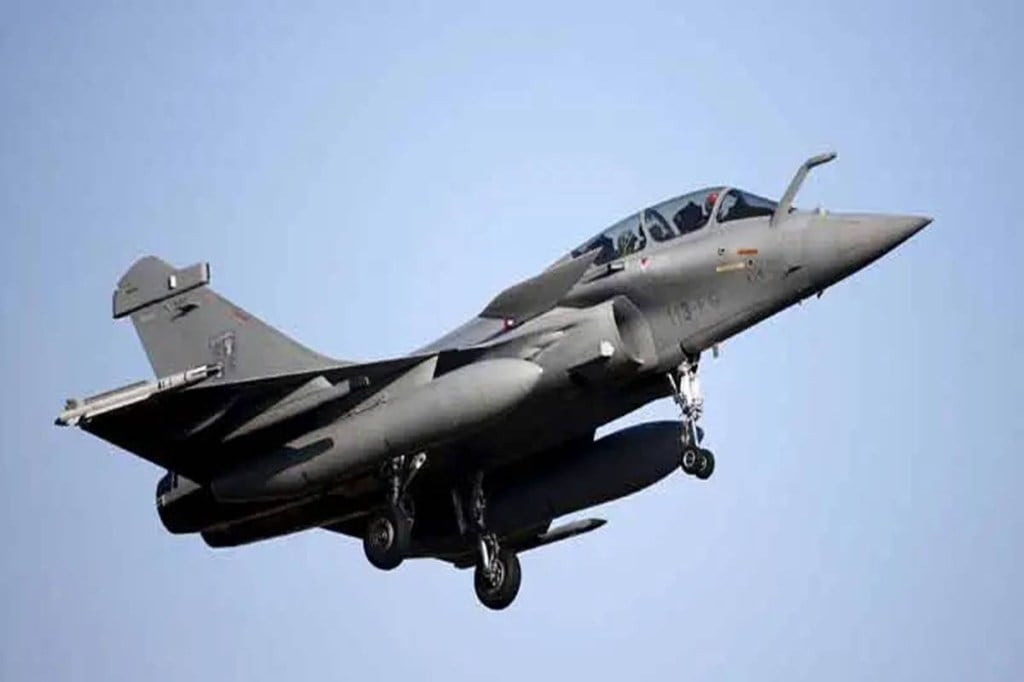India Pakistan conflict: India’s military operation Operation Sindoor, was far more extensive than previously acknowledged, with a newly surfaced Pakistan government document revealing drone strikes deep inside Pakistani territory. This escalation followed the Pahalgam terror attack on April 22, which killed 26 civilians, including tourists.
Unacknowledged targets spread across Pakistan
The Pakistani document, outlining Operation Bunyan-um-Marsoos — Islamabad’s counter to India’s military push — lists at least seven previously undisclosed locations targeted by Indian drones. These include:
Peshawar (Khyber-Pakhtunkhwa)
Attock, Bahawalnagar, Gujrat, Jhang (Punjab)
Chhor, Hyderabad (Sindh)
These sites span the entire length of Pakistan, from the northwest to the southern province of Sindh, indicating that India’s drone and missile capabilities have achieved significant reach and accuracy.
While Indian officials did not publicly mention these locations during press briefings, the Pakistani document confirms their targeting between May 8 and 10. However, it does not specify the nature of the Indian targets at these locations.
Key military installations targeted
Among the most strategically significant sites hit was the National Defence Complex (NDC) in Attock, known for producing transporter-erector-launchers for Pakistan’s missile arsenal. In Bahawalnagar and Gujrat, Indian drones likely targeted army cantonments, including Kharian — Pakistan’s largest military cantonment. Jhang district, adjacent to Rafiqui airbase, houses Shorkot cantonment, another potential target.
In Sindh, the army’s Desert Warfare School in Chhor and the Hyderabad cantonment were also reportedly in the crosshairs.
Initial strikes at terror infrastructure in Punjab and PoK
India’s military action began in the early hours of May 7, with the Indian Air Force (IAF) striking terrorist training camps and launch pads in Pakistan-controlled territory. Two key facilities targeted were:
Markaz Subhanallah in Bahawalpur: Headquarters of Jaish-e-Mohammed (JeM), located 100 km from the international border. It is used for indoctrination and recruitment of militants.
Markaz Taiba near Muridke: Base of Lashkar-e-Taiba (LeT), whose operatives were involved in major attacks on India, including the 2008 Mumbai terror attacks.
These initial strikes were followed by simultaneous army action at seven other locations across Pakistan-occupied Kashmir (PoK), including Muzaffarabad, Sialkot, and Kotli. Satellite imagery from independent firms has since confirmed structural damage at many of these sites.
Second wave hits Pakistan’s Air assets
On May 9 and 10, the IAF shifted focus to Pakistan’s air force infrastructure. Strikes were carried out on at least eight airbases, including: Rafiqui, Murid, Chaklala, Sargodha, Skardu, Malir Cantt (Karachi), Rahim Yar Khan and Jacobabad.
This was seen as a calculated attempt to degrade Pakistan’s aerial response capability in the event of further escalation.
The intensity and depth of the Indian strikes appear to be a strategic response to the Pahalgam terror attack, which crossed a major red line by targeting civilians and tourists in Kashmir. By attacking targets deep inside Pakistan, New Delhi signaled that it would hold both state and non-state actors accountable for cross-border terrorism.
Moreover, the geographical spread of the attacks — from Peshawar to Karachi — demonstrates India’s improved intelligence, surveillance, and precision-strike capabilities, particularly with the use of drones.
India-Pakistan conflict
While both countries have traditionally engaged in cross-border skirmishes and shelling, this round of hostilities marks a new escalation threshold. The use of drones to hit key military and terror sites deep inside Pakistan sets a precedent for asymmetric, non-contact warfare in the subcontinent.
With India choosing not to publicly disclose all its targets, and Pakistan now confirming them unofficially, the events of May 2024 could reshape military doctrines and political strategies on both sides.

